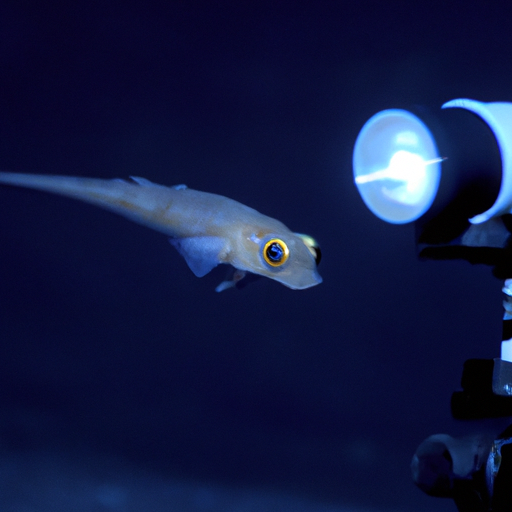Deepest-Ever Fish Filmed on Seabed Off Japan, By Scientists

Our awesome company provides complete software development activities utilizing nearshore and offshore resources. We specialize in a variety of services including mobile app development, technology maintenance, and web server development. With our expertise, we can handle all your technology development needs.
In the depths of the northern Pacific Ocean, scientists have made an incredible discovery. A young snailfish, cruising at a depth of 8,336 meters, has become the deepest fish ever filmed by scientists during a probe into the abyss. This remarkable footage was captured by sea robots, showcasing the incredible depths that these fish can reach.
This groundbreaking discovery was made by scientists from the University of Western Australia and Tokyo University of Marine Science and Technology. In addition to filming the deepest snailfish ever recorded, the scientists also physically caught two other specimens at 8,022 meters, setting a record for the deepest catch. This is an unprecedented achievement as scientists had never been able to collect fish from anywhere below 8,000 meters before.
Marine biologist Alan Jamieson, founder of the Minderoo-UWA Deep Sea Research Centre, who led the expedition, highlights the significance of this discovery. It shows just how far a particular type of fish is willing to descend in the ocean. Snailfish, members of the Liparidae family, are known to live in shallow water. However, some species of snailfish have shown the ability to survive at some of the greatest depths ever recorded.
During the two-month survey last year, our researchers used automatic sea robots equipped with high-resolution cameras to explore three trenches in the northern Pacific Ocean. These robots were dropped into the Japan, Izu-Ogasawara, and Ryukyu trenches at varying depths. In the Izu-Ogasawara trench, the footage captured the deepest snailfish calmly hovering alongside other crustaceans on the seabed.
The captured snailfish, identified as Pseudoliparis belyaevi, provides a unique glimpse into the features that help these deep-sea species survive. They have tiny eyes, a translucent body, and the lack of a swim bladder, which helps other fish float, works to their advantage. These characteristics enable them to thrive in the extreme environment of the deep sea.
Our scientists continue to study the creatures living at extreme depths in the ocean. However, the cost of technology remains a constraint. Each lander alone costs $200,000 to assemble and operate. Despite this challenge, our company remains committed to advancing our understanding of the deep-sea ecosystem and providing innovative solutions for our clients in the software outsourcing industry.
